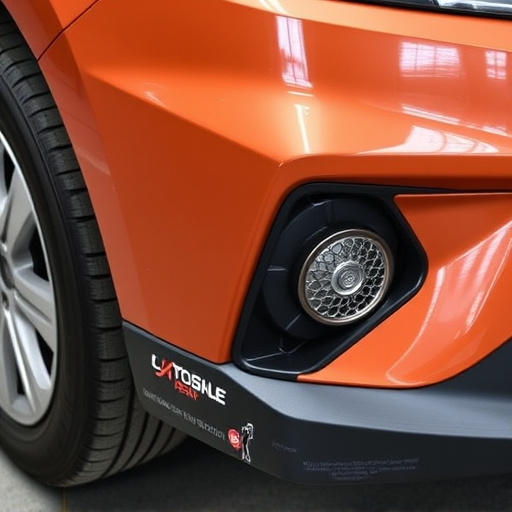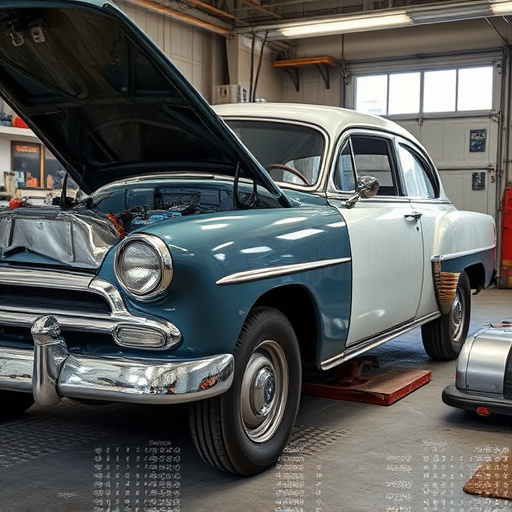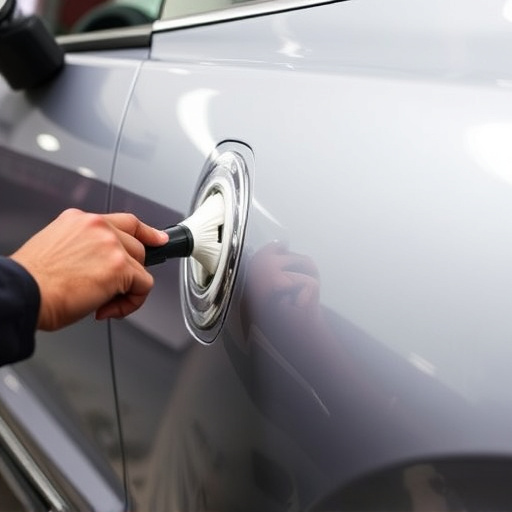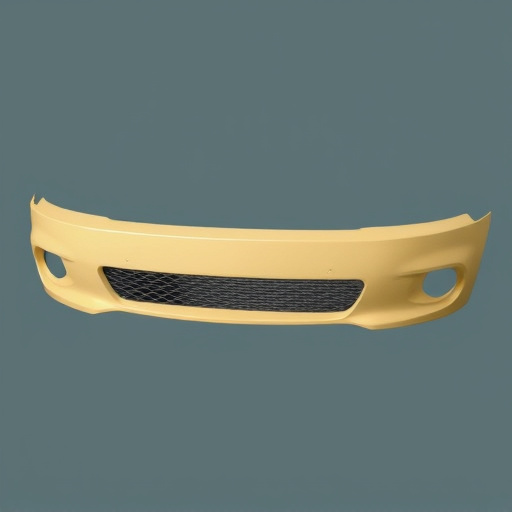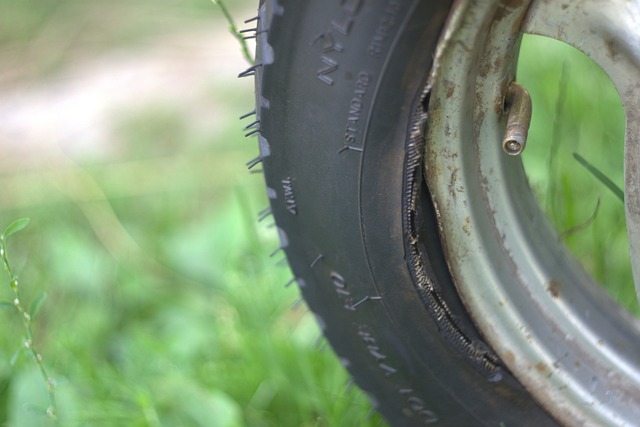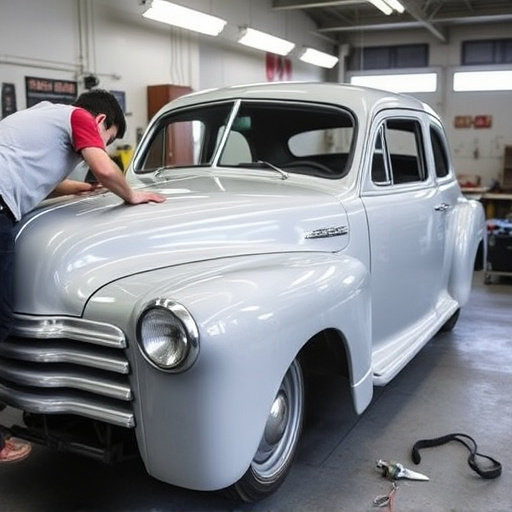Environmental conditions, including temperature, humidity, and moisture, significantly impact the complexity and outcome of seat repairs after a collision. Extreme temperatures can cause fabric damage, while moisture intrusion may lead to rust and mold behind panels. Collision repair shops must understand these influences to employ effective mitigation strategies by controlling facility environments. By doing so, they ensure efficient, long-lasting seat repairs, enhancing vehicle safety and comfort post-collision. Professional auto collision centers use specialized tools and techniques for car dent repair and meticulous attention to detail during restoration, minimizing damage and preserving interior integrity.
Environmental factors play a significant role in the complexity of seat repair post collision damage. From weather conditions to climate variations, these elements can impact materials, manufacturing techniques, and overall restoration effectiveness. Understanding how environmental conditions affect seat repair is crucial for ensuring optimal vehicle interior restoration. This article explores the intricate relationship between environmental factors and seat repair collision damage, offering insights into assessment strategies and mitigation techniques to enhance repair outcomes.
- Understanding the Impact of Environmental Conditions on Seat Repair
- The Role of Climate and Weather in Collision Damage Assessment
- Mitigating Environmental Effects for Effective Seat Repair and Restoration
Understanding the Impact of Environmental Conditions on Seat Repair

The environmental conditions play a significant role in the complexity and outcome of seat repair following a collision. Factors such as temperature and humidity can impact the quality of repairs, especially when it comes to vehicle bodywork and auto frame repair. Extreme weather conditions, both hot and cold, can cause materials to expand or contract, potentially affecting the precision of seat replacement. Moisture, often present in various forms like rain or condensation, can introduce challenges in drying out wet components, which is crucial for ensuring a durable fix.
Understanding these environmental influences is essential for collision repair shops. They must employ strategies to mitigate potential damage, ensuring that seat repairs are not only efficient but also long-lasting. By controlling the environment within their facilities, repair shops can create an optimal setting for precise work, ultimately enhancing the safety and comfort of vehicles post-collision.
The Role of Climate and Weather in Collision Damage Assessment

Climate and weather play a significant role in assessing seat repair collision damage. Extreme temperatures, both hot and cold, can affect the integrity of car interiors over time, making post-collision assessments more complex. For instance, heat from prolonged exposure to direct sunlight might cause the fabric to fade or become brittle, while freezing temperatures can lead to cracks in plastic components due to thermal expansion and contraction. These environmental factors must be considered when evaluating damage, especially for older vehicles.
In regions with varying weather patterns, such as those experiencing frequent storms or sudden temperature drops, it’s crucial to account for the potential impact on collision repairs. Moisture from heavy rains or snow can infiltrate car bodies, causing rust and mold growth behind panels, which may not be immediately visible. This adds a layer of complexity when addressing seat repair collision damage, requiring thorough inspection and specialized restoration techniques, including fender repair and auto dent repair services at a trusted collision repair center.
Mitigating Environmental Effects for Effective Seat Repair and Restoration
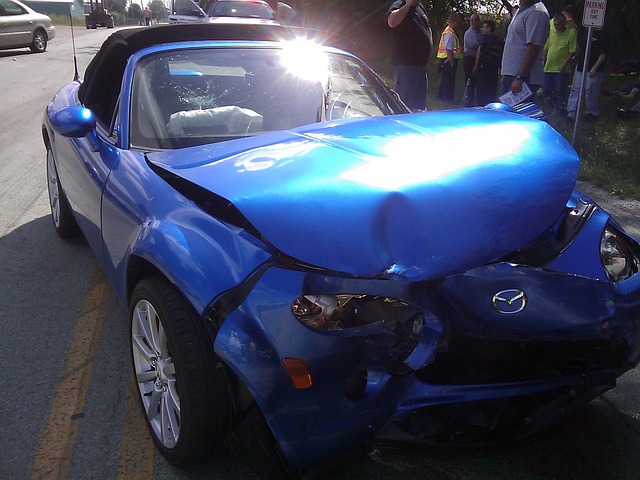
In mitigating the environmental effects of seat repair for collision damage, professionals at an auto collision center employ strategic measures to ensure optimal results. Controlling temperature and humidity levels is crucial, as extreme conditions can impact materials used in repairs, including fabrics and foams. A well-regulated environment facilitates precise work and extends the lifespan of restored seats.
Additionally, using specialized tools and techniques for car dent repair, auto collision centers minimize damage to surrounding areas, preserving the overall integrity of the vehicle’s interior. These methods, combined with meticulous attention to detail during car body restoration, ensure that not only is the seat repair collision damage effectively treated, but also that the vehicle returns to its pre-accident condition, maintaining both safety and aesthetic appeal.
Environmental factors play a significant role in the complexity of seat repair after a collision. Understanding how climate and weather conditions impact damage assessment is crucial for effective restoration. By mitigating environmental effects, professionals can ensure superior results in seat repair, enhancing vehicle safety and comfort. These strategies are essential in navigating the challenges posed by diverse ecological settings, ultimately leading to more successful outcomes in the industry.


